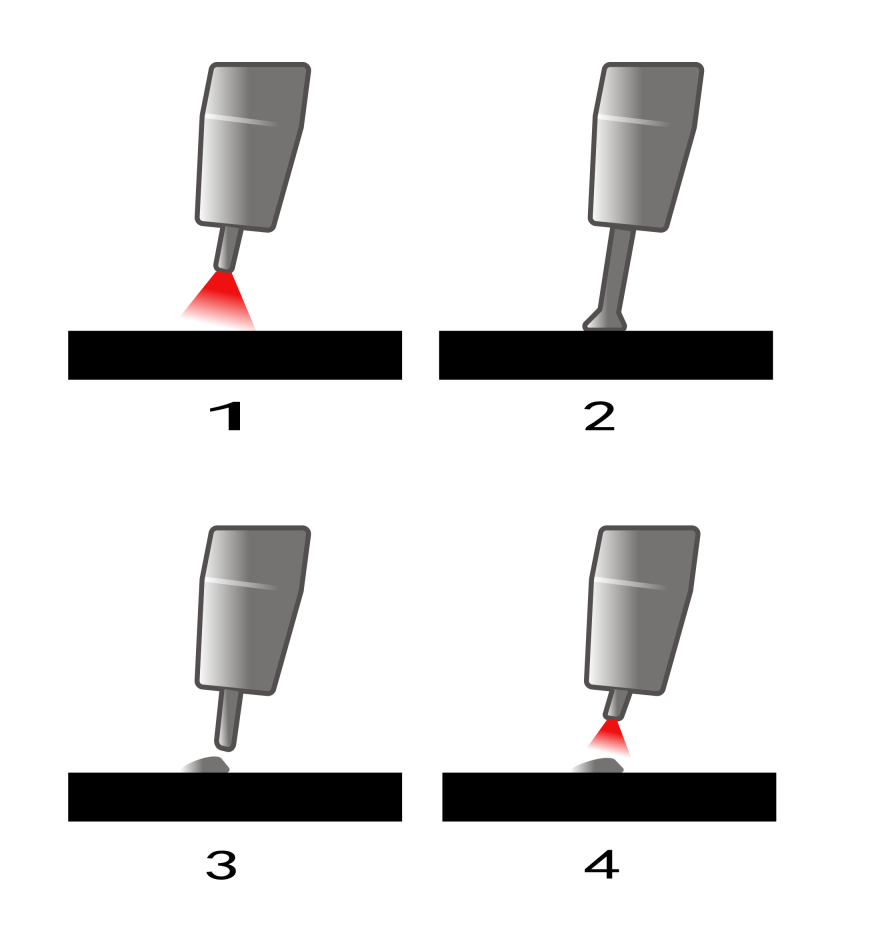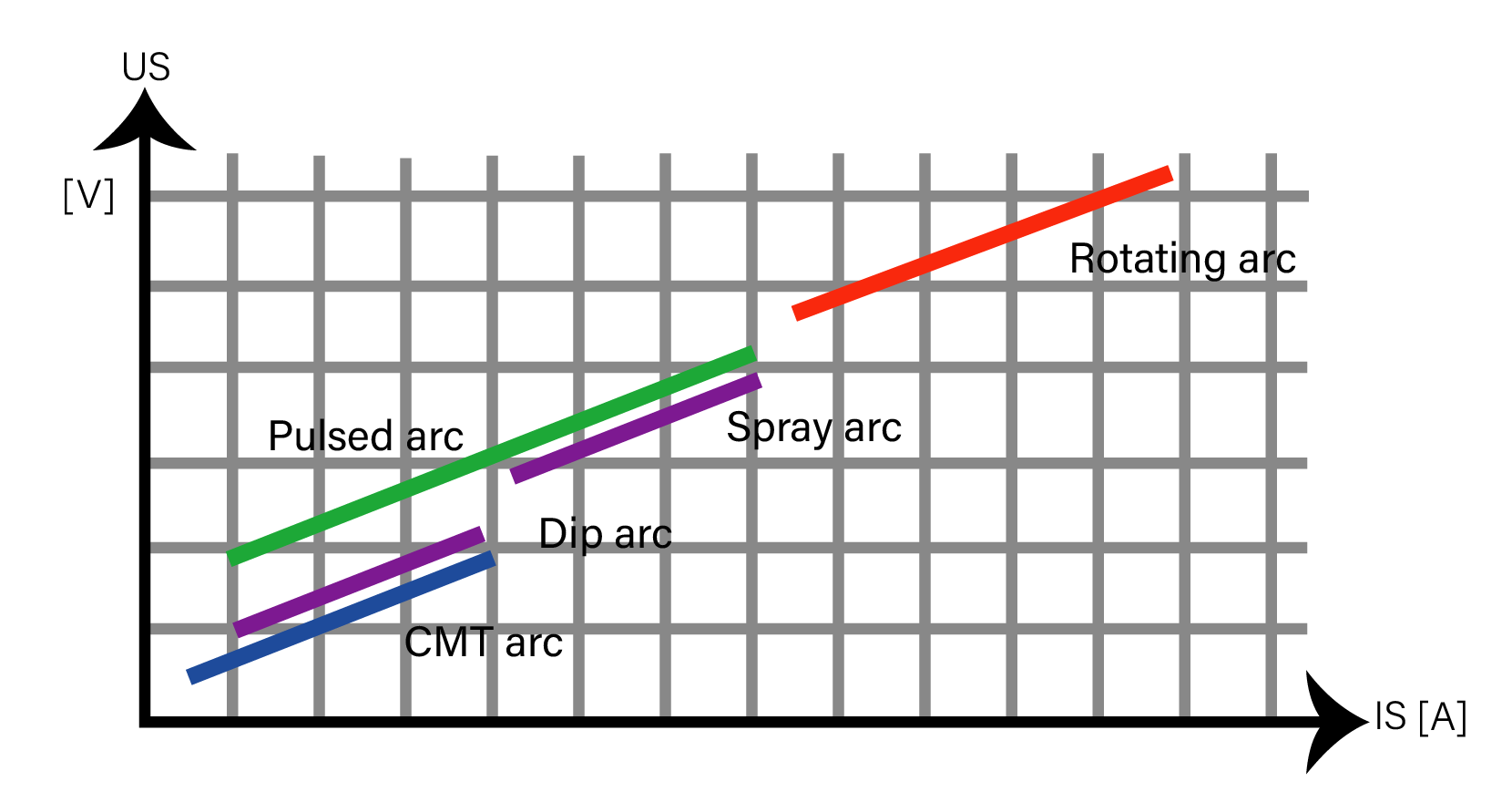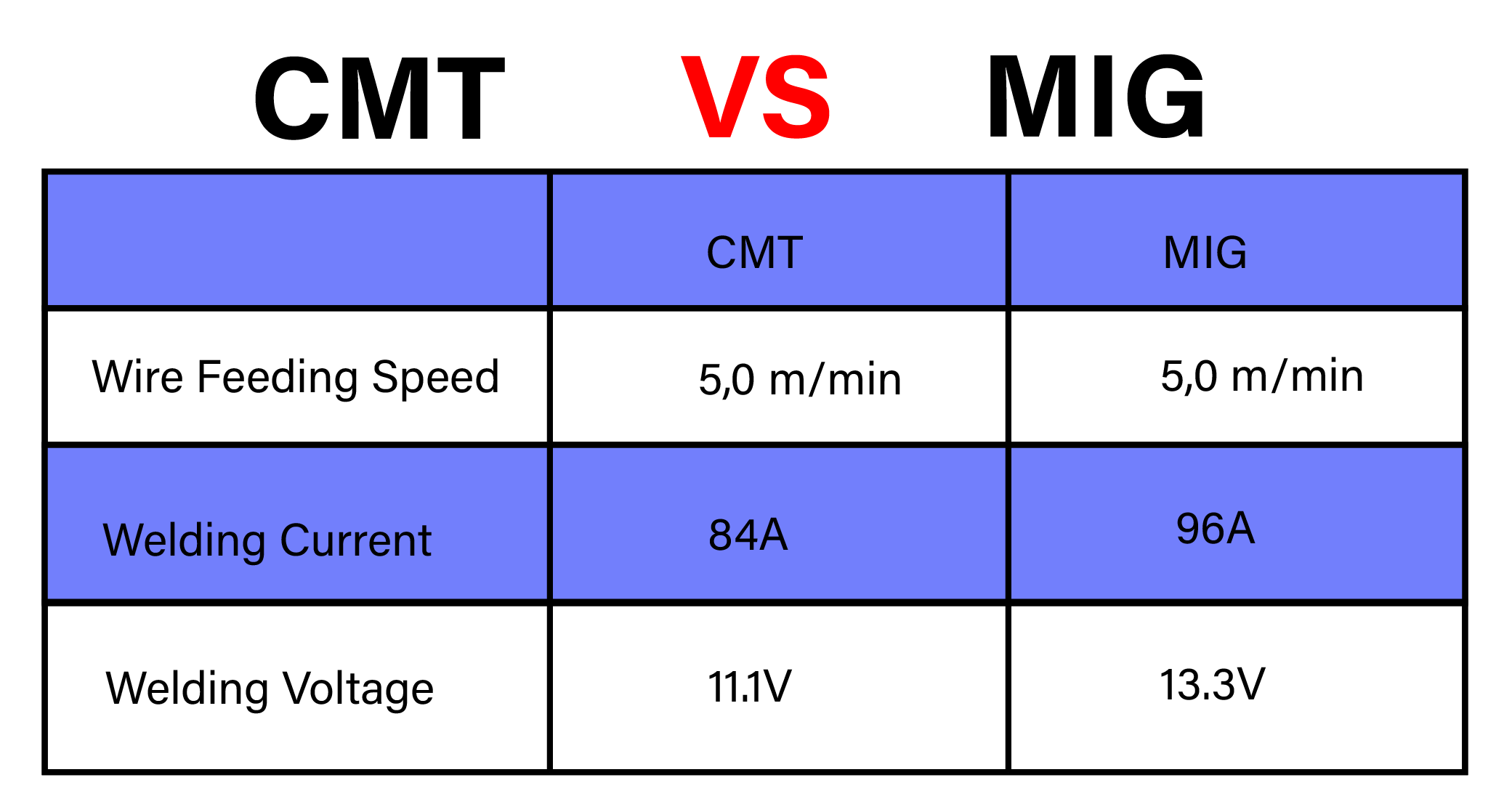Cold Metal Transfer (CMT) is a welding technique that effectively addresses the common challenge of slag spatter. This method significantly reduces the heat input during the welding process through a controlled arc transfer mechanism, making it particularly beneficial for applications where traditional MIG/MAG welding struggles, such as welding thin plates or combining dissimilar materials like steel and aluminum. The evolution of the GMAW process, CMT incorporates a technique to achieve metal transfer with minimal heat intensity, creating a hot-cold sequence that reduces arc pressure and thermal input, enhancing productivity and reducing the need for post-weld finishing (Marulanda, 2008).

CMT stands for Cold Metal Transition Technology, an enhanced version of short-circuit transfer. It combines wire feeding and retracting actions in a way that traditional GMAW does not. The process starts with arc ignition and wire advancement, forming a molten droplet that, through a short circuit, causes the wire to retract and the droplet to detach, significantly reducing current and voltage. This dynamic action, occurring up to 70 times per second, makes CMT unique and effective in welding applications. The innovation of adding pulses (CMT + P) further refines this process, combining projected and short circuit transfer modes for stable, smooth transfer processes, allowing for greater penetration and weld bead contact angles with higher pulse currents (Pang et al., 2016).

CMT enhances welding precision and operational speed through the wire’s rapid oscillation, ensuring a clean welding area with minimal spatter and reduced heat input. This mitigates material warping and surrounding impact while maintaining stable arc quality. Its versatility across various welding speeds and proficiency in welding thin materials or bridging gaps highlights its adaptability and innovation. CMT’s ability to revolutionize the welding of dissimilar metals and thicker materials has made it a preferred method in automotive, defense, and power sectors, improving weld aesthetics and reducing heat input (Selvi, Vishvaksenan, & Rajasekar, 2017).
CMT has revolutionized welding of dissimilar metals and thicker materials, improving weld bead aesthetics and reducing heat input. CMT welding is extensively used in the automotive, defense, and power sectors, and is preferred over traditional welding methods for aluminum and steel combinations (Selvi, Vishvaksenan, & Rajasekar, 2017).
Precision and Efficiency: The wire’s rapid oscillation enhances the welding’s precision and operational speed.
Clean Welding Area: CMT’s meticulous droplet transfer ensures a clean welding zone with minimal spatter.
Reduced Heat Input: This technique effectively lowers heat input, mitigating material warping and surrounding impact.
Stable Arc: The process dynamically adjusts to maintain arc stability, guaranteeing consistent weld quality.
Versatile Application: CMT is adaptable across various welding speeds, making it suitable for a wide range of applications.
Ideal for Complex Welds: Its proficiency in welding thin materials or bridging gaps highlights its versatility.
While CMT offers numerous advantages, it requires skilled operators and more expensive equipment, and its benefits may not apply universally across all materials or for thicker pieces.
CMT distinguishes itself from MIG/MAG welding by offering faster starts, reduced spatter, improved welding speeds, and lower heat input, which minimizes distortion. It also allows for finer control over the arc length and maintains a more stable arc, making it possible to weld extremely thin aluminum plates down to 0.3mm, thus offering enhanced assembly flexibility.
CMT’s minimal heat input makes it superior for welding thin aluminum, overcoming the limitations of MIG/MAG welding. XD Thermal’s incorporation of automated CMT technology exemplifies its efficiency in streamlining the welding process, enhancing positioning, and welding of parts with minimal setup,enhancing efficiency.

As welding technology evolves and lean towards larger-scale and smarter solutions, the integration of various techniques,, the integration of various techniques is expected to significantly improve welding quality. By leveraging the strengths of different methods, including CMT, welding practices are set to become more sophisticated. CMT, with its sophisticated approach, is poised to lead in welding innovation, meeting the demands for larger-scale and smarter welding solutions.
By utilizing the Cold Metal Transfer (CMT) welding technique, XD THERMAL has developed a liquid cooling plate that underscores the method’s ability to produce durable, high-quality welds for efficient heat dissipation, thereby offering superior thermal management for battery systems. This innovation not only exemplifies XD THERMAL’s dedication to cutting-edge technology and enhances the efficiency and safety of battery thermal management solutions but also provides superior thermal performance and reliability, highlighting the company’s capability to manage high thermal loads effectively.